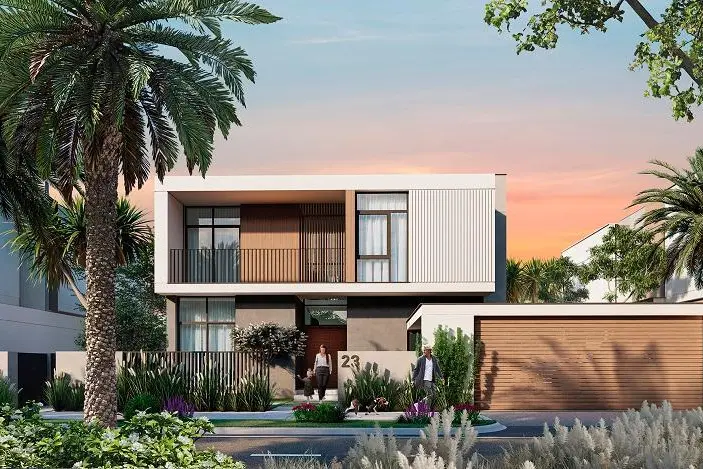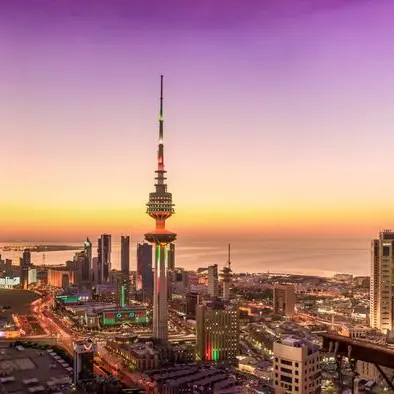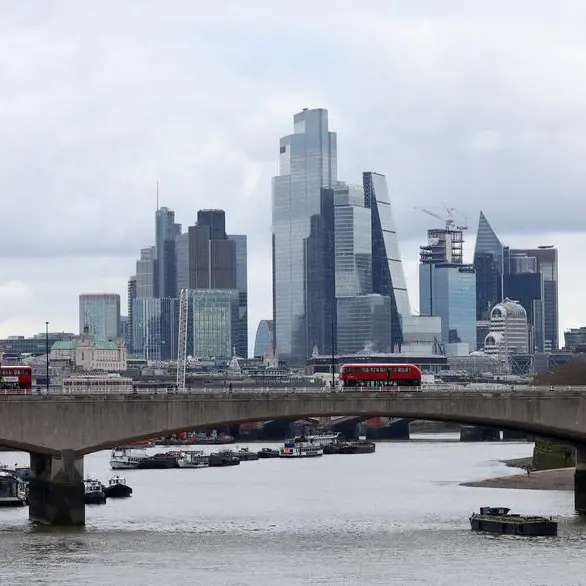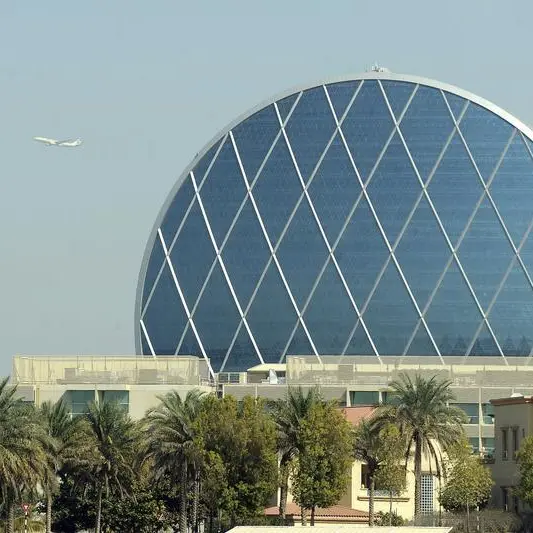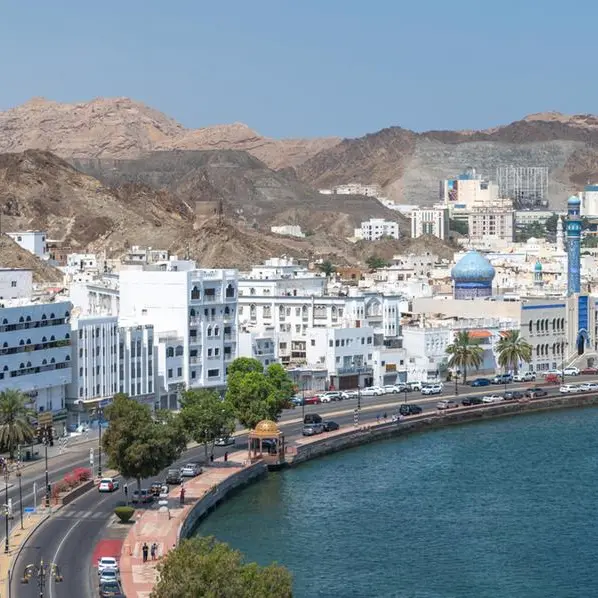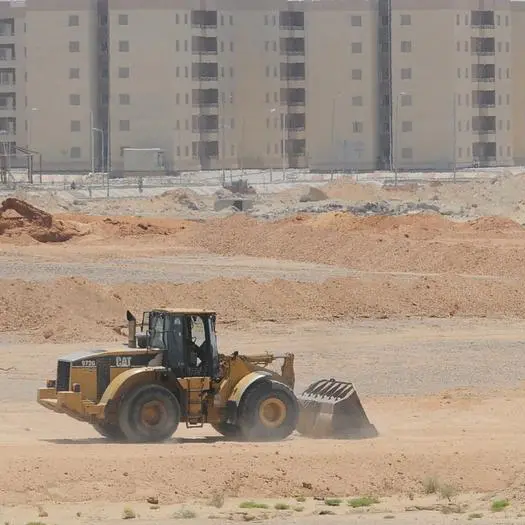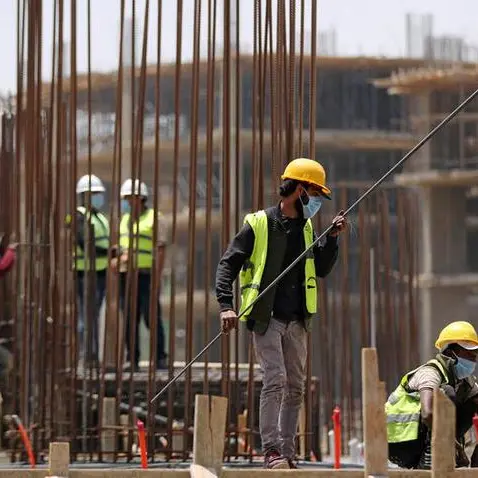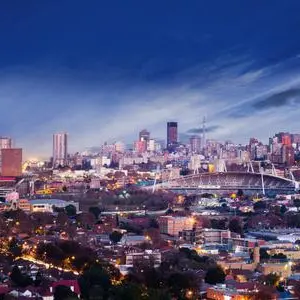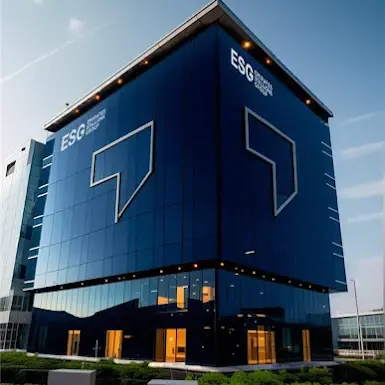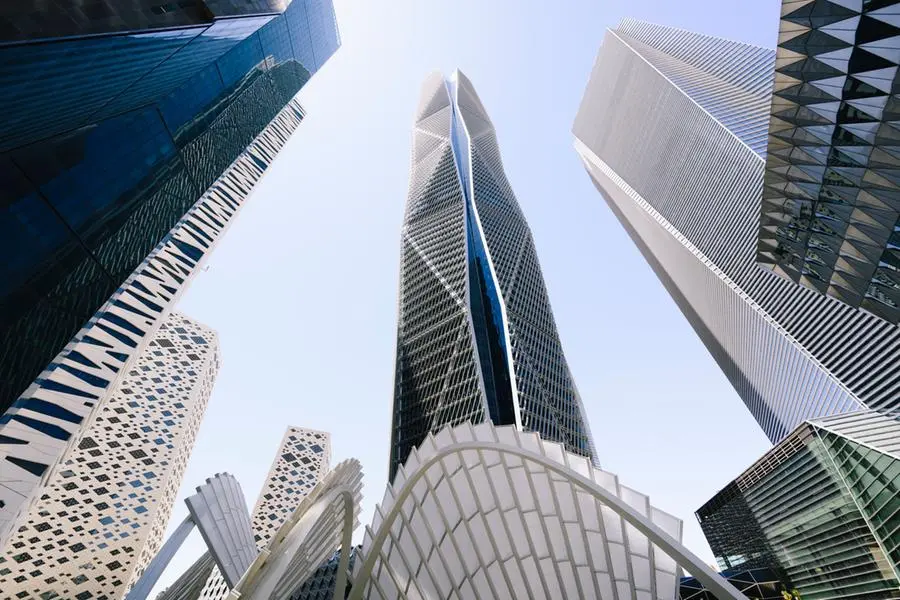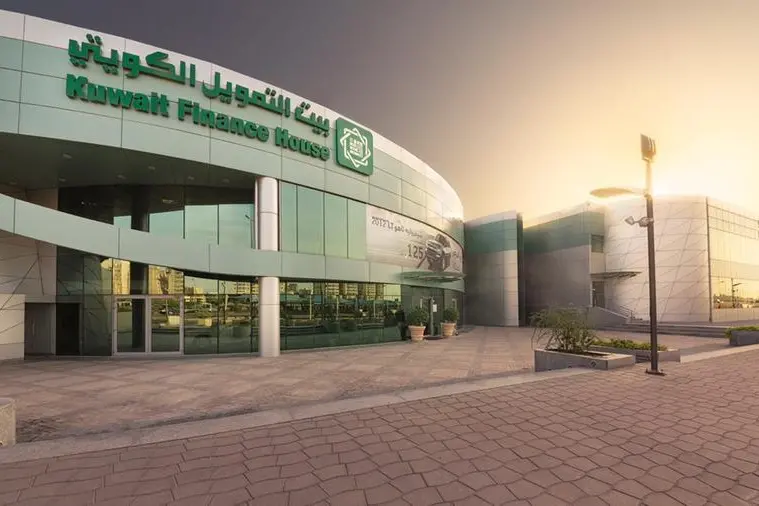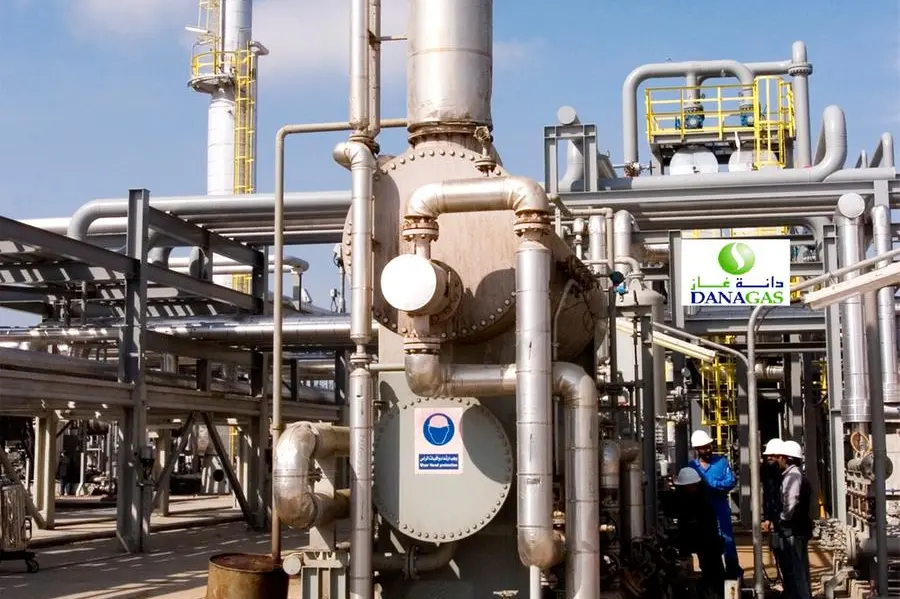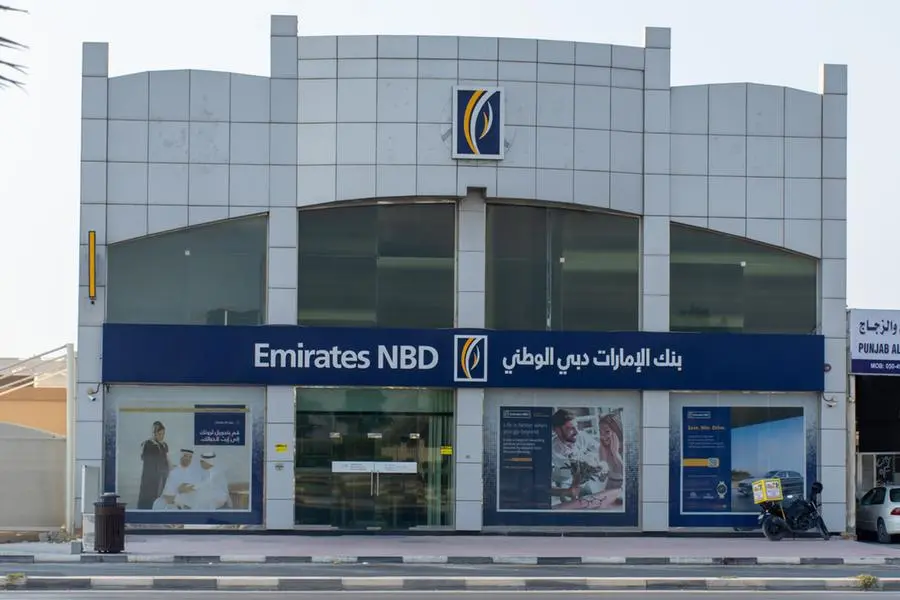PHOTO
A 3D-printed building is now standing tall at the entrance of a residential community in Dubai. The fully functional gatehouse has been designed as the control centre for Nakheel’s Tilal Al Furjan residential complex.
Being the entry point to the residential development, the gatehouse will serve as a “landmark allowing the public to familiarise itself with 3D-printed buildings”, developer Nakheel said in a statement shared with Khaleej Times.
Dubai-based 3D printing technology for construction company Printstone3D said the gatehouse has a canopy that is nearly triple the size of the building itself. A communications hub with CCTV cameras and utility meters, the structure accommodates more than 90 cables and pipes of varying functionalities and diameters in a confined space.
Printstone3D is primarily focused on the construction of one-two storey residential buildings, its chief executive told Khaleej Times in an interview.
“3D-printing a 120sqm villa or house would take around two weeks. A big one-storey villa can be printed within a month, while G+1 villa will take up to three months,” said Nikolay Kudryashov, CEO of the company. “However, we are preparing for future demand for high-rise buildings too. A new generation of printers capable of constructing buildings up to six-eight storeys is under construction now.”
3-member crew
The gatehouse project took 20 days to complete. “The printing team consisted of three people: The printer operator, mixing machine operator, and labour assistant. 3D printing doesn't necessitate a large team, helping reduce costs and making the technology more eco-friendly.”
According to the executive, a building of this magnitude would typically require between 15 and 25 skilled workers if constructed using traditional methods.
“The 3D construction printing technology allows for the printing of vertical structures such as walls or fences, and even some elements inside the building itself, such as a kitchen island or other interior details,” said Kudryashov.
Dubai aims to have 25 per cent of its buildings constructed using 3D printing technology by 2030.
Planning and Development Department Trakhees — the regulatory body of the Ports, Customs, and Free Zone Corporation (PCFC) — had issued the first licence for construction using 3D printing technology for buildings in Dubai.
Sultan Ahmed bin Sulayem, chairman of the PCFC, said: “Unlike traditional methods that involve pouring concrete layers, 3D printing relies on a robotic arm to directly print layers of cement-based material onto a prepared surface.”
3D printing technology reduces labour costs by up to 80 per cent. It also slashes the duration of construction projects by 60 per cent.
Copyright © 2022 Khaleej Times. All Rights Reserved. Provided by SyndiGate Media Inc. (Syndigate.info).
